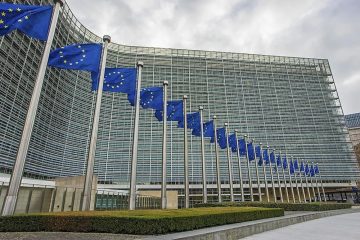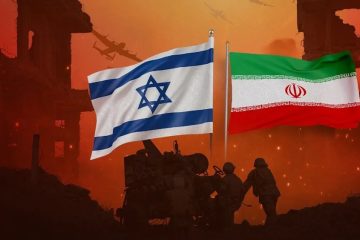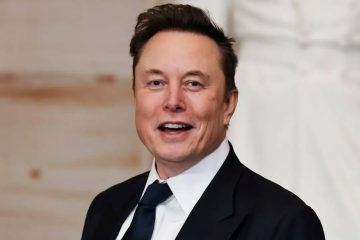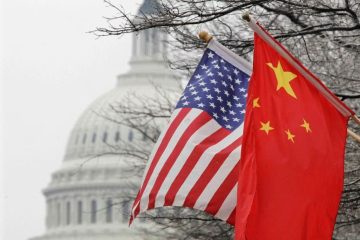What will be Fed future course of action?
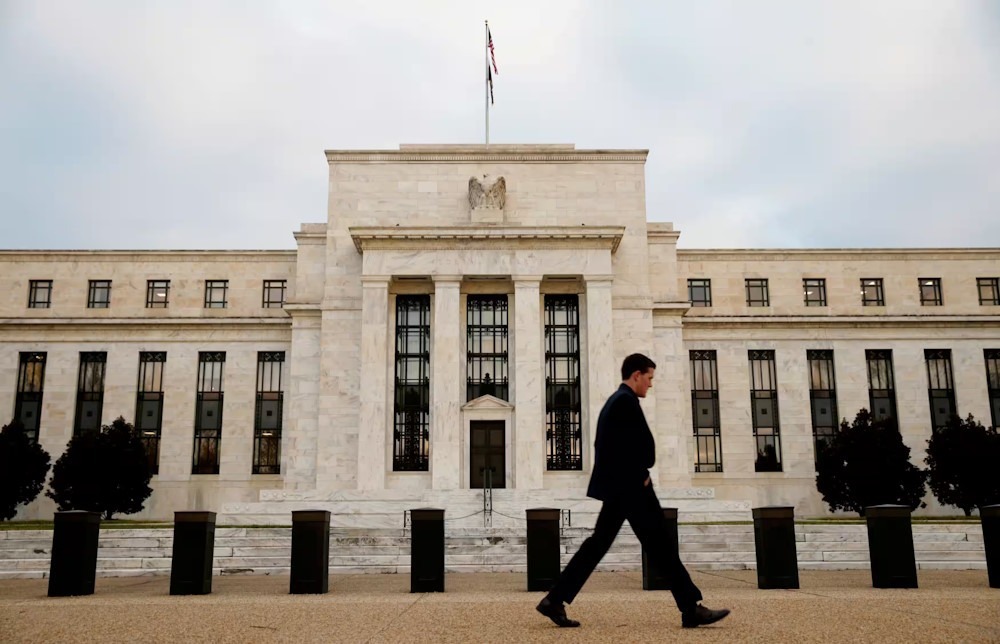
There is a divergence of opinions among investors regarding the future course of action, despite the impending rate cuts by the Fed. It appears that the markets may be getting ahead of themselves by factoring in the possibility of aggressive interest-rate cuts by the Federal Reserve this year. Based on data from CME Group, investors are currently anticipating a 25-basis point reduction in interest rates at the upcoming Fed meetings in September and November. There is also speculation about a larger cut in December. However, some analysts and investment managers believe that this approach may be overly aggressive, as they express concerns about a potential economic slowdown.
The debate carries significant implications for central banks globally. If the Federal Reserve chooses to take a more gradual approach and reduces interest rates by 25 basis points at a time, it will result in U.S. interest rates remaining elevated compared to other nations for a longer period. As a result, this would draw the attention of investors towards dollar-denominated assets, leading to a boost in the strength of the U.S. currency. Alternatively, if the U.S. adopts a more assertive approach to easing, it could create an opportunity for other central banks to reduce their rates without negatively impacting their respective currencies.
Last week at Jackson Hole, Fed Chair Jerome Powell provided clear indications that the Fed is prepared to lower rates in September. He also emphasized that the Fed is not aiming for or encouraging any additional decline in labor-market conditions. “Analysts at BNP Paribas Markets 360 predict that there will be 25bp cuts at every meeting this year,” stated. However, given Powell’s recent shift towards a more cautious stance, experts believe that there is a strong possibility of a 50 basis point move.
The primary responsibility of the Federal Reserve is to maintain stable prices and support full employment. It aims to achieve a 2% annual inflation rate. According to a survey conducted by the Wall Street Journal, the PCE inflation index is expected to be at 2.5% in the 12 months through July, which could potentially lead to monetary easing. The case for implementing more substantial reductions arises from a declining job market. The unemployment rate in July came in at 4.3%, which was higher than what was anticipated. Additionally, the job-creation figures from previous weeks were revised downwards. Some experts caution that if the Fed adopts a cautious approach, there could be a rapid acceleration in unemployment.
Powell was cautious in his statements, according to Colin Finlayson, co-manager of Aegon Strategic Bond Fund at Aegon Asset Management. Although the overall tone leaned towards caution, it failed to provide a clear solution to the dilemma of whether the Fed will opt for a 25 or 50 basis point cut in September. The door is open to either option, but the current data set seems to align more with a 25bp move,” he stated. Specifically, the upcoming release of August labor-market data on Sept. 6 could have a significant impact if it confirms the significant decrease in job growth seen in July.
“The August employment report released on 6 September will likely play a significant role in the ’25 versus 50′ discussion at the next meeting,” stated Richard Clarida, a global economic advisor at Pimco and former vice chair of the Fed from 2018 to 2022. According to Clarida, Pimco anticipates that the Fed will reduce rates by a minimum of 25bps in the upcoming month. Additionally, they predict that the Fed will indicate the likelihood of two more cuts of the same magnitude at the November and December meetings.
According to analysts at Natixis, the market is currently grappling with the challenge of determining the optimal pricing for the U.S. macroeconomic situation. This task is made more difficult by conflicting signals from different indicators. According to CME, the Federal Reserve is projected to continue its easing measures into the next year. The target for the fed funds rate is expected to end at a range of 3%-3.25% in 2025, down from the current range of 5.25%-5.50%.


